Did you know that you can learn about ticks and tick-borne diseases that affect people by collecting ticks and blood samples from small mammals such as mice?
This is one of the active surveillance methods the I-TICK program is currently performing to learn more about ticks and tick-borne diseases in Illinois.
We have identified habitats that are considered suitable habitats for ticks and small mammals. The goal of this work is to expand ongoing efforts in tick and tick-borne disease surveillance to include the trapping of small mammals that serve under natural conditions as a food source for ticks. Small mammals are humanely trapped using Sherman live traps that remain open overnight and are checked early the next morning for a small mammal occupant.
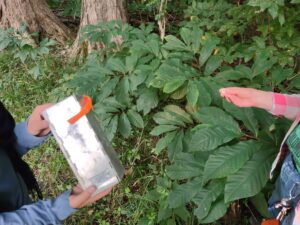
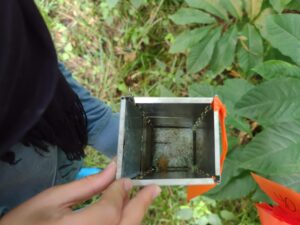
Any trapped animals are examined for ticks around the head and shoulders, a tissue sample from the animals ear is collected, and a small blood sample is drawn.
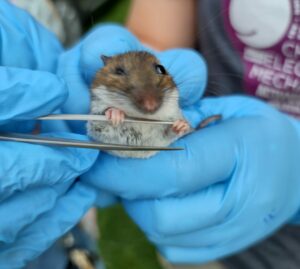
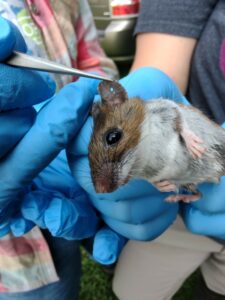
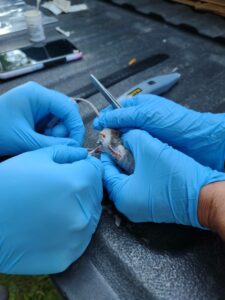
All small mammals are released back at the site where they were captured. The collected ticks, tissue samples, and blood samples will be tested for a variety of bacteria that cause tick-borne diseases in human. We hope to build an understanding of how small mammals and the ticks that feed on them contribute to the spread of ticks and tick-borne diseases throughout the state.


